25 Best Sales Tactics of 2023 + Ones to Avoid
Casey O'Connor
All sales reps know that B2B sales is a vast and ever-evolving field. What works with one market is just as likely to flop with another, and trends come and go faster than reps can get up with them.
Sales tactics are proven effective strategies that help sales reps convince buyers to purchase their product or service. They are designed to help sales reps rely on process, skill, and data, in addition to things like ambition and personability, to close deals.
In this article, we’ll go over 25 of the most effective sales tactics for your team to implement in 2023, a few to avoid, and some best practices to keep in mind.
Here’s what we’ll cover:
- What Are Sales Tactics?
- Why Are Sales Tactics Important?
- 25 Best Sales Tactics
- 9 Sales Tactics to Avoid
- Best Practices to Implement New Sales Tactics
What Are Sales Tactics?
Sales tactics are specific strategies, action steps, as well as the methodologies and thought processes behind them, that salespeople use to persuade buyers to purchase their product or service.
Sales teams are best served by designing sales tactics for all stages of the sales process. 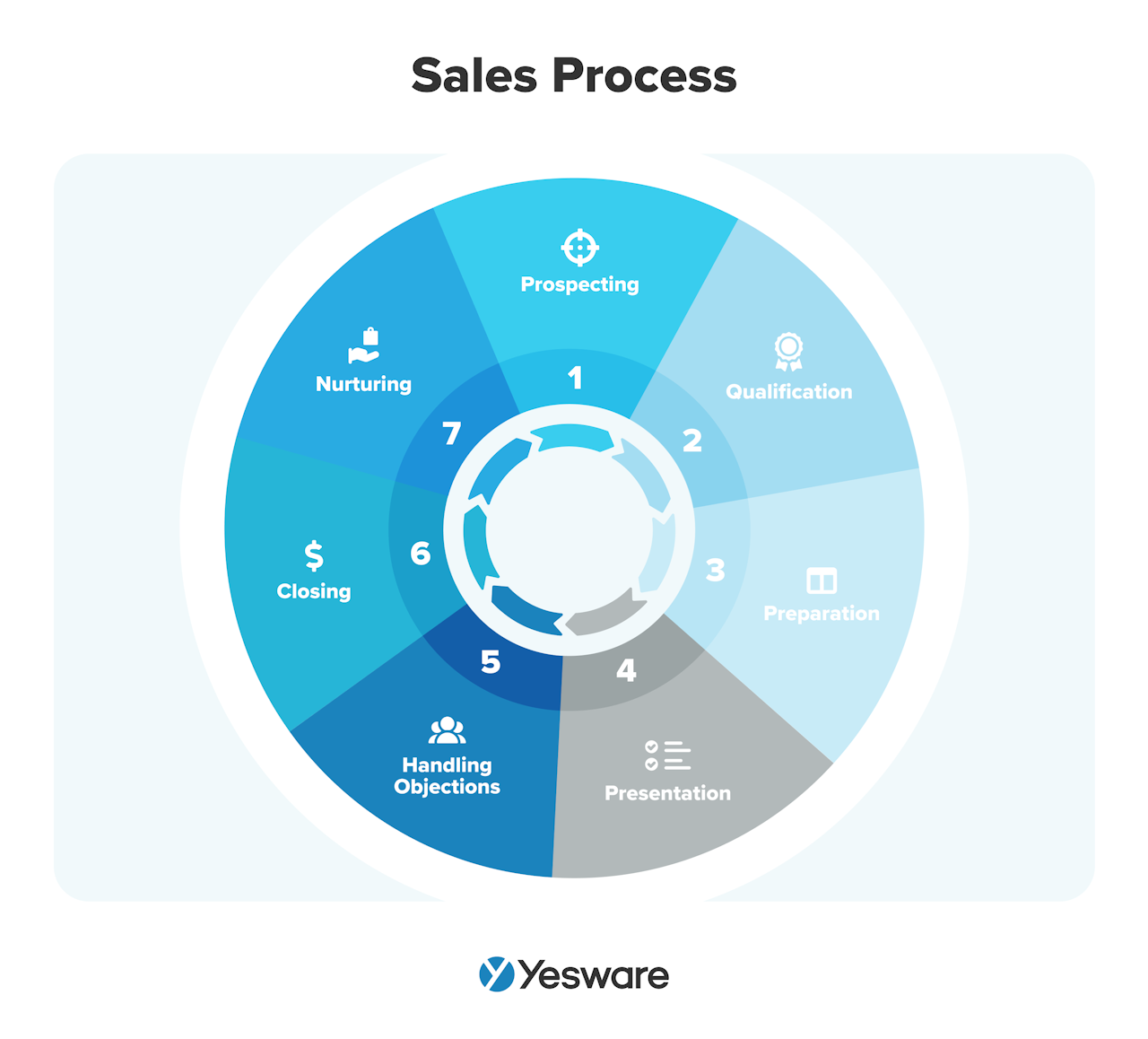 Your sales tactics should also aim to accomplish or assist with a wide variety of objectives, including (but not limited to):
Your sales tactics should also aim to accomplish or assist with a wide variety of objectives, including (but not limited to):
- Generating leads
- Informing/educating
- Building trust
- Inspiring new ways of thinking
- Answering questions
- Overcoming objections
Sales reps can collect data on how their various sales tactics perform to determine which are most effective in terms of timing and how well they resonate most strongly with the target market.
Why Are Sales Tactics Important?
Today’s B2B buyer is more informed and more independent than ever. Nearly 70% of buyers prefer to research independently online before reaching out to a sales rep, and more than half of their buying process is complete by the time they do. 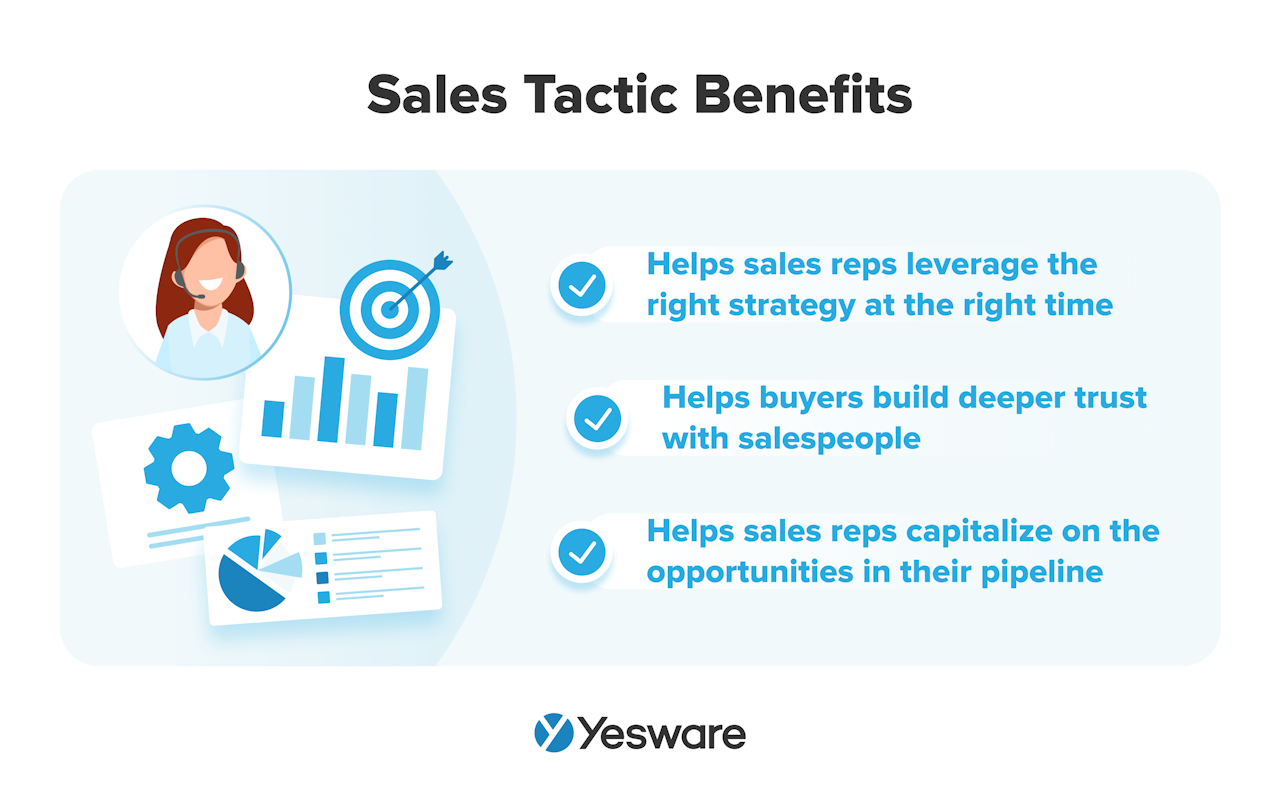 Strategic sales tactics help sales reps approach each prospect with the exact leverage they need to get their foot in the door at the precise moment a buyer is ready for contact.
Strategic sales tactics help sales reps approach each prospect with the exact leverage they need to get their foot in the door at the precise moment a buyer is ready for contact.
Sales tactics also help buyers build deeper trust with salespeople. It’s no secret that most buyers harbor at least a little bit of skepticism towards sales reps — even sales reps themselves are wary of being “sold to” when they spot it — but the right sales tactics can help reps overcome that inherent distrust and prove to prospects that they’re honest and helpful.
Ultimately, most sales reps need to rely on a mix of skill, strategy, and timing to close deals. Sales tactics can help them capitalize on the opportunities in their pipeline and improve their sales performance.
Effective use of sales tactics helps salespeople:
- Qualify prospects more accurately
- Nurture leads
- Improve close rates
- Boost revenue
- Earn higher commissions
- Build better relationships
- Increase word-of-mouth referrals
Without sales tactics, most salespeople would eventually struggle to consistently see success in their sales process.
25 Best Sales Tactics
In truth, the “best” sales tactics for you or your team will depend on your individual and collective strengths, available resources, and the needs of your target market.
Sales teams should collaborate regularly to identify sales tactics that are likely to resonate with their ideal buyer.
Here are just a handful of potential sales tactics to consider using throughout your sales process.
1. Target Warm Leads
Warm calling is, for most sales reps, much preferred to its counterpart cold calling.
Warm calling means calling (or otherwise reaching out to) prospects who have already demonstrated at least some interest in your business. 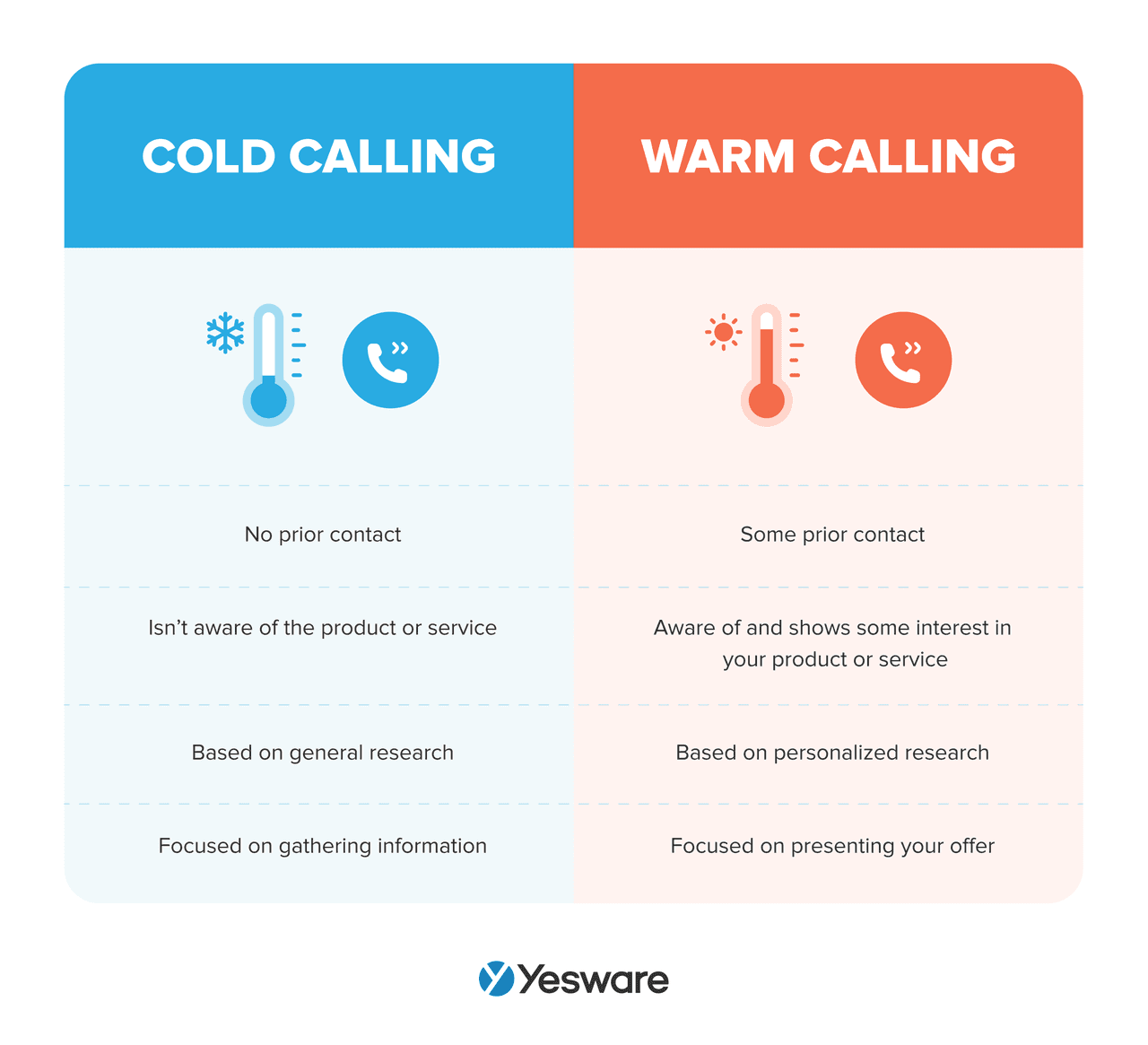 Sales reps can look for good candidates for warm calling by identifying people who have visited your website and filled out a form, downloaded content, signed up for a lead magnet, attended a webinar or other event, etc.
Sales reps can look for good candidates for warm calling by identifying people who have visited your website and filled out a form, downloaded content, signed up for a lead magnet, attended a webinar or other event, etc.
In order to use warm calling effectively as a sales tactic, sales reps need to know how to do deep prospect research to thoroughly understand their specific needs. This strategy is all about making connections and building relationships, so go into the conversation prepared to offer personalized value.
2. Leverage Inside Sales
Inside sales, also known as remote sales, means selling products virtually or over the phone. Most inside sales reps close deals without ever having to meet face-to-face.
Especially in our post-pandemic world, inside sales can offer a huge advantage to sales teams and can be a very effective overall sales tactic.
The advantage of this strategy is that it saves time, effort, and money; it makes the sales process much more scalable.
Of course, you don’t need to swear off in-person meetings entirely — just be judicious with your time and travel.
3. Personalize Your Solutions
Today’s B2B buyer expects meticulous personalization. And when they don’t get it, they don’t waste any time looking elsewhere.

With that in mind, it’s a non-negotiable sales tactic to personalize everything you possibly can.
At a minimum, greetings for email campaign messages need to be personalized, but look for more subtle opportunities, too.
Again, deep prospect research and effective questioning will help you understand your buyer’s scenario in a thorough enough way that you can target your personalization strategy for each account.
4. Talk (But Don’t Gossip) About Your Competitors
Some sales reps shy away from acknowledging their competition because they think it will somehow encourage the prospect to abandon them in the middle of their sales pitch.
Keep in mind that most prospects are already well aware of the options available to them. Remember — they’ve done their research. If you’re in a sales meeting with them, it’s up to you to differentiate yourself from what they think they already know.
To that end, one common and effective sales tactic is to discuss the competition at some point during the sales cycle. Don’t bad-mouth them, and don’t take the opportunity to brag — always act with integrity — but it’s perfectly acceptable to talk about how you differ from the competition, especially in terms of company/customer culture and your unique ability to solve their pain points.
5. Use the Negative Reverse Selling Strategy
The Negative Reverse Selling Strategy is a specific sales tactic in which a sales rep actually persuades the prospect that their business (the prospect’s) is the one that really needs the solution’s business, and not the other way around.
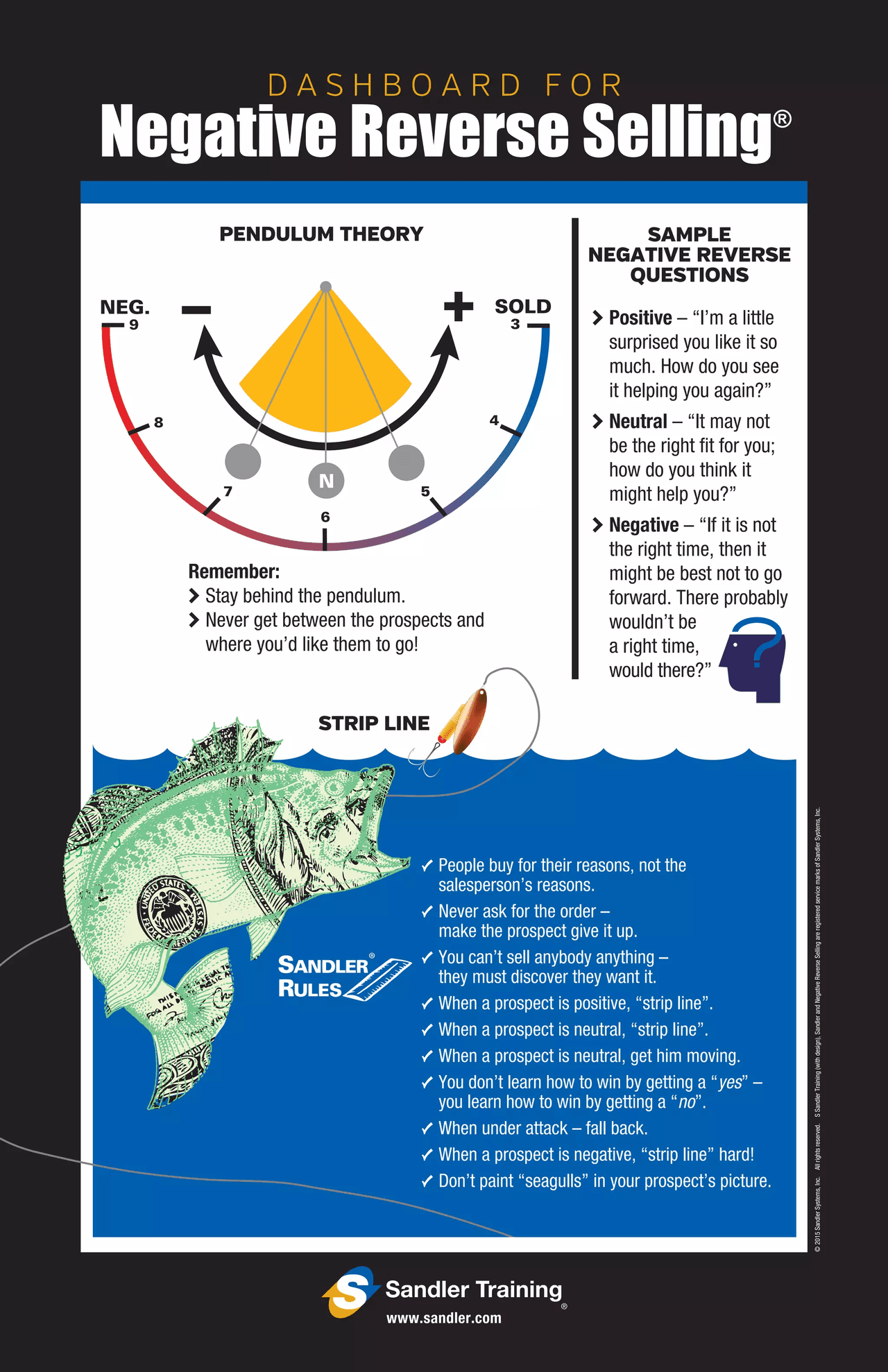
The Negative Reverse Selling Strategy was developed in the 1960s by David H. Sandler as part of his famous Sandler Selling system.
6. Get To Know Your Customer
One of the common threads among many of the sales tactics on this list is a thorough understanding of your target customer.
It’s critically important that your sales, marketing, and customer success teams all have a mutual understanding of (and, ideally, a hand in creating) your organization’s ideal customer profile (ICP) and any buyer personas you expect to encounter. 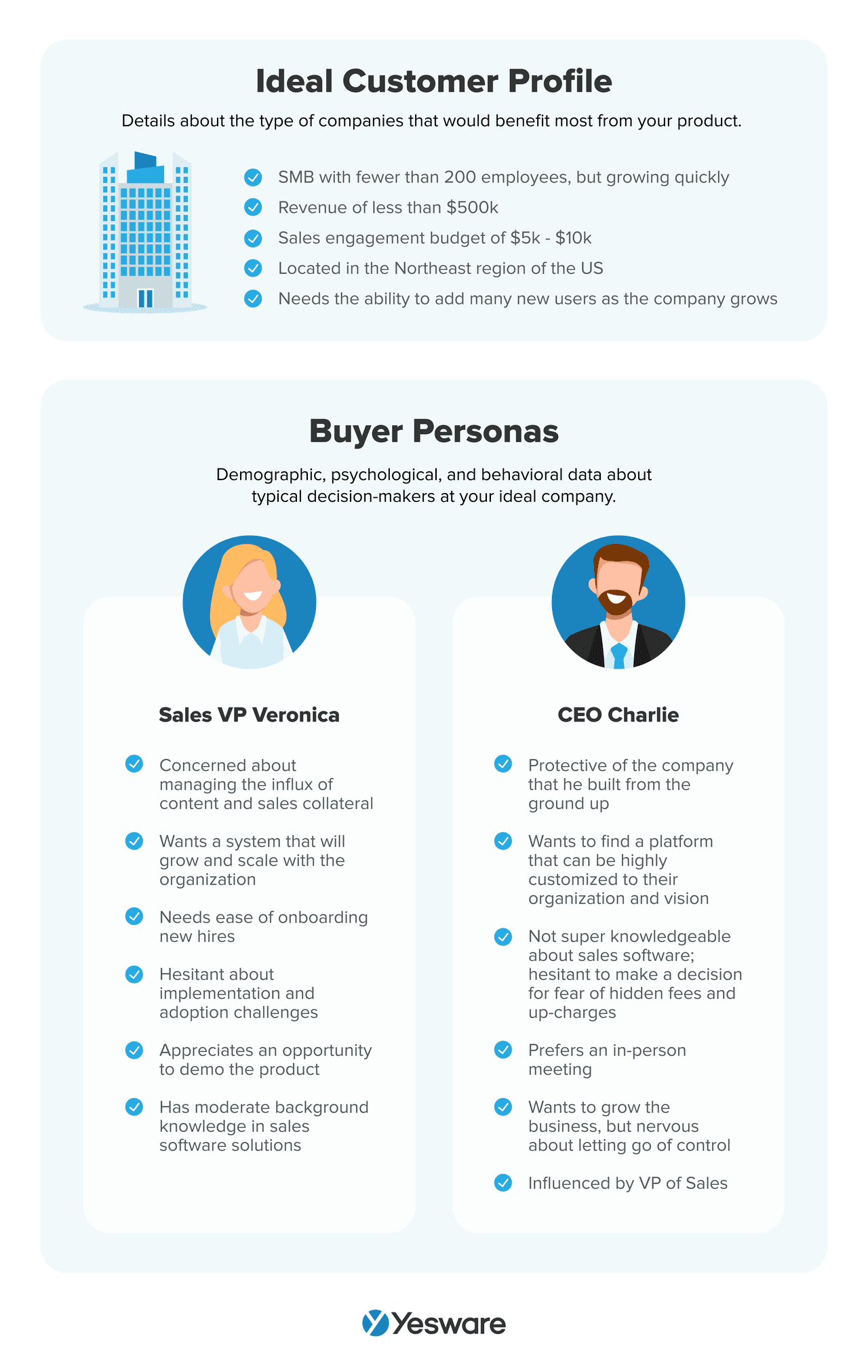 This is more than just a checklist exercise. Identifying the details of your best-fit customers will help make the qualification process more efficient, decrease your churn rate, and increase your overall sales performance.
This is more than just a checklist exercise. Identifying the details of your best-fit customers will help make the qualification process more efficient, decrease your churn rate, and increase your overall sales performance.
7. Optimize Your Social Media Presence
Although it wasn’t long ago that social selling was considered the “up-and-coming thing,” it’s quickly becoming another non-negotiable in today’s digital-forward sales landscape. 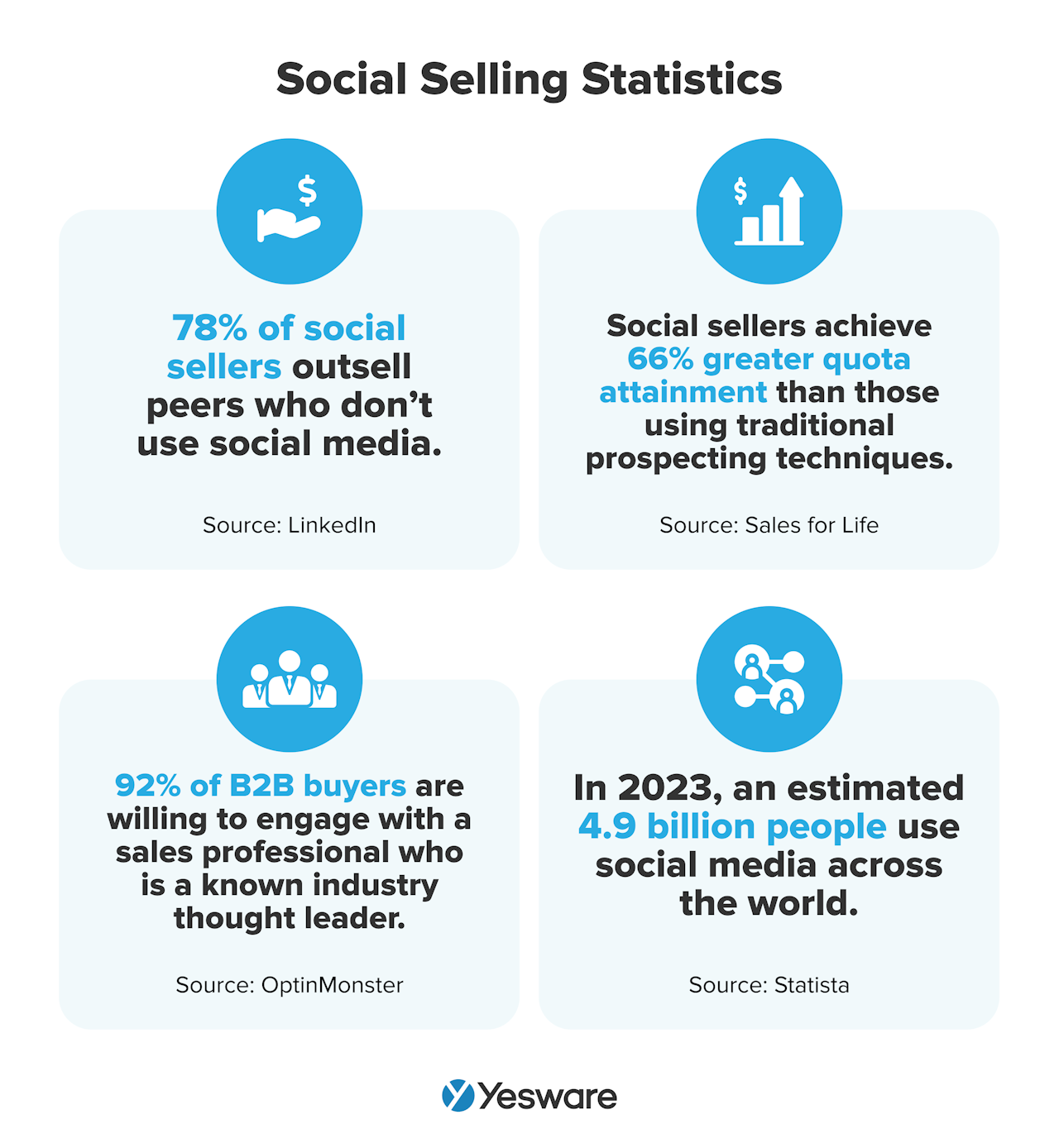 Social selling is a huge driver of revenue growth, brand awareness, and lead generation, helps businesses foster authentic relationships with customers, and allows organizations to assert a position of thought leader in their market.
Social selling is a huge driver of revenue growth, brand awareness, and lead generation, helps businesses foster authentic relationships with customers, and allows organizations to assert a position of thought leader in their market.
Social media is great because you can learn as much by watching as you do by doing. Keep an eye on your prospects’ preferences when it comes to posting, sharing, commenting, and interacting with brands.
8. Leverage LinkedIn
We just covered social media, but LinkedIn is big enough that it deserves to be named as its own standalone sales tactic.
LinkedIn’s Social Selling Index can be an invaluable tool for determining the effectiveness of your social selling efforts.
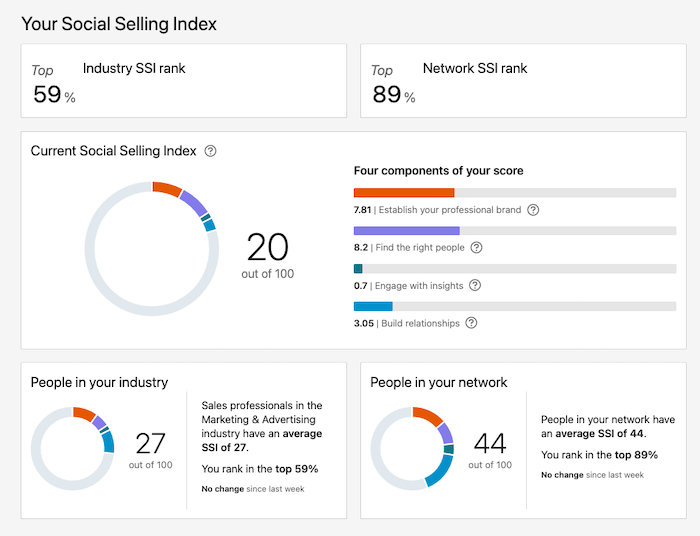
Beyond the SSI score, LinkedIn is a goldmine of opportunity for sales reps.
Between virtually limitless prospects at your fingertips and LinkedIn groups specifically curated around prospect pain points, preferences, and special interests, the platform is designed for business people looking to create successful networking relationships and capitalize on sales opportunities. The key is to learn how to use it effectively.
9. Team Up With Your Marketing Team
Another assumed sales tactic of virtually all high-functioning sales teams is sales and marketing alignment.
Compare your campaign resources and metrics, and identify commonalities between each team’s most effective content. These themes can help you create high-impact marketing and sales collateral that can be used throughout the sales process (e.g., ebooks, whitepapers, case studies, etc.).
And make sure that this is an ongoing process. Aligning sales and marketing isn’t a one-and-done affair, so mark your calendar for a routine check-in between the two groups.
10. Diversify Your Lead Sources
Leads are like income — the more streams you can generate, the better.
While it’s important to strengthen and refine your most successful lead generation strategies, you should also ensure that you’re thinking outside the box when it comes to lead generation. Diversify your sources. Look for leads in new places, and collect data about what works and what doesn’t.
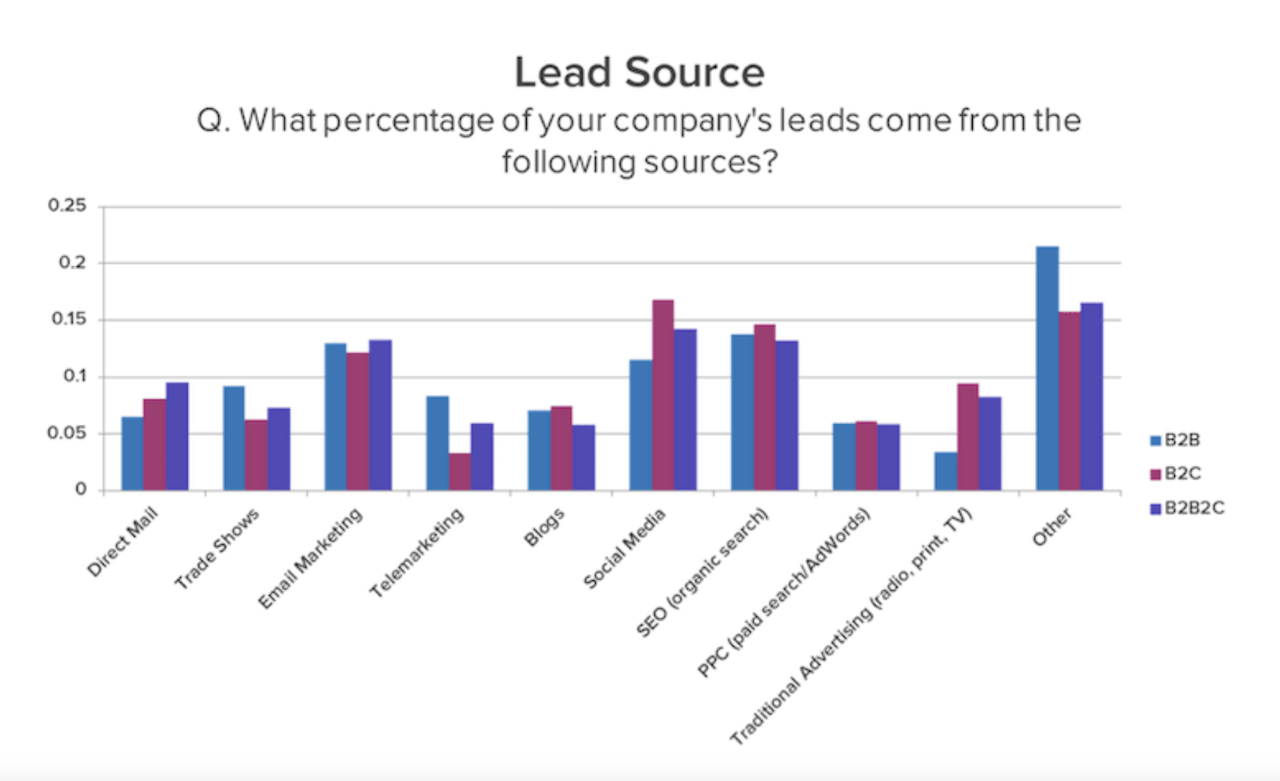
11. Get the Most Out of Automation
Add automation to the list of non-negotiable sales tactics that you and your team must learn how to leverage if you want to be successful.
Sales automation tools can save your reps time, money, and energy, and optimize your sales efforts.
Fortunately, there are seemingly limitless options on the market when it comes to sales automation and artificial intelligence (AI) tools, with platforms available for everything from lead generation to call recording and analysis to presentation enhancement.
Yesware’s suite of software tools helps sales reps learn more about their sales engagement. With tools like Email Tracking and Attachment Tracking, reps can see which of their content resonates most with prospects.
![]()
Meeting Scheduler allows recipients to schedule meetings on your calendar directly from their inbox, so you can skip the back and forth and get right down to business.
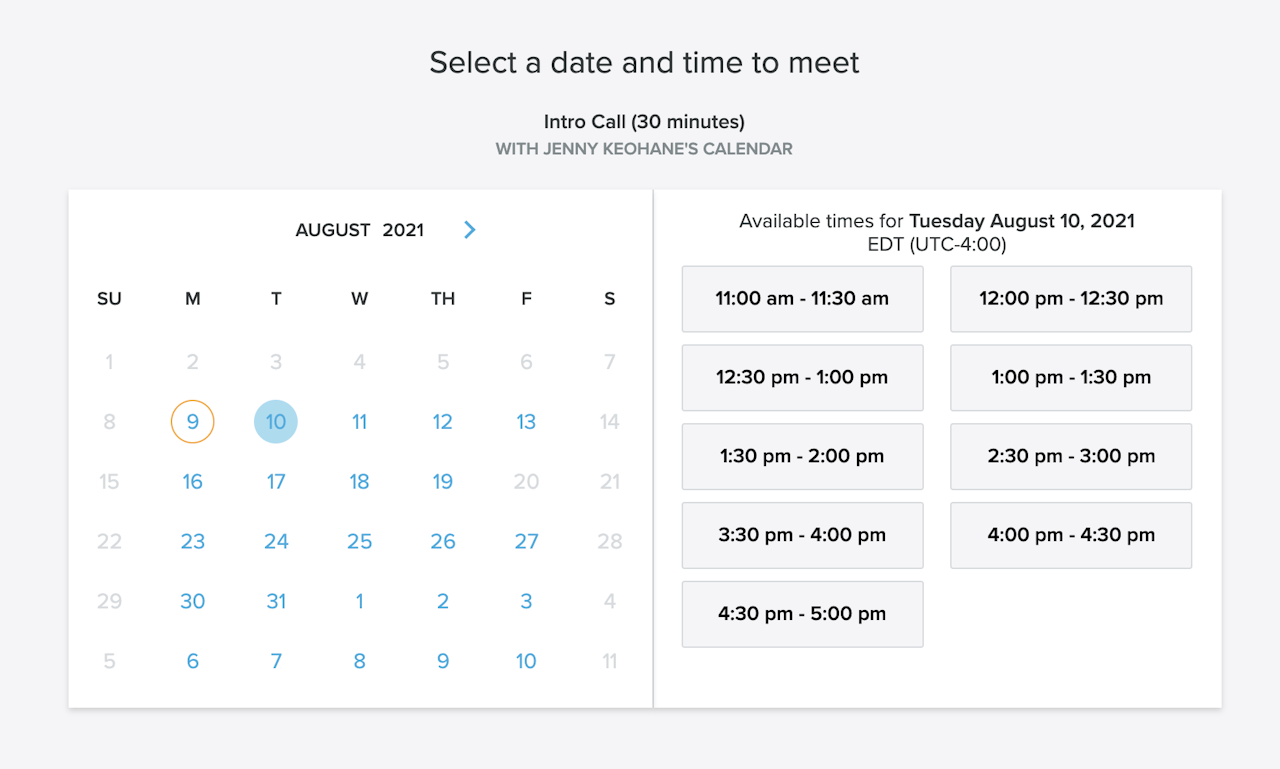
And Yesware’s Prospector tool offers access to contact information for over 100 million businesses, with advanced filter tools so you can find streams of best-fit buyers in seconds.
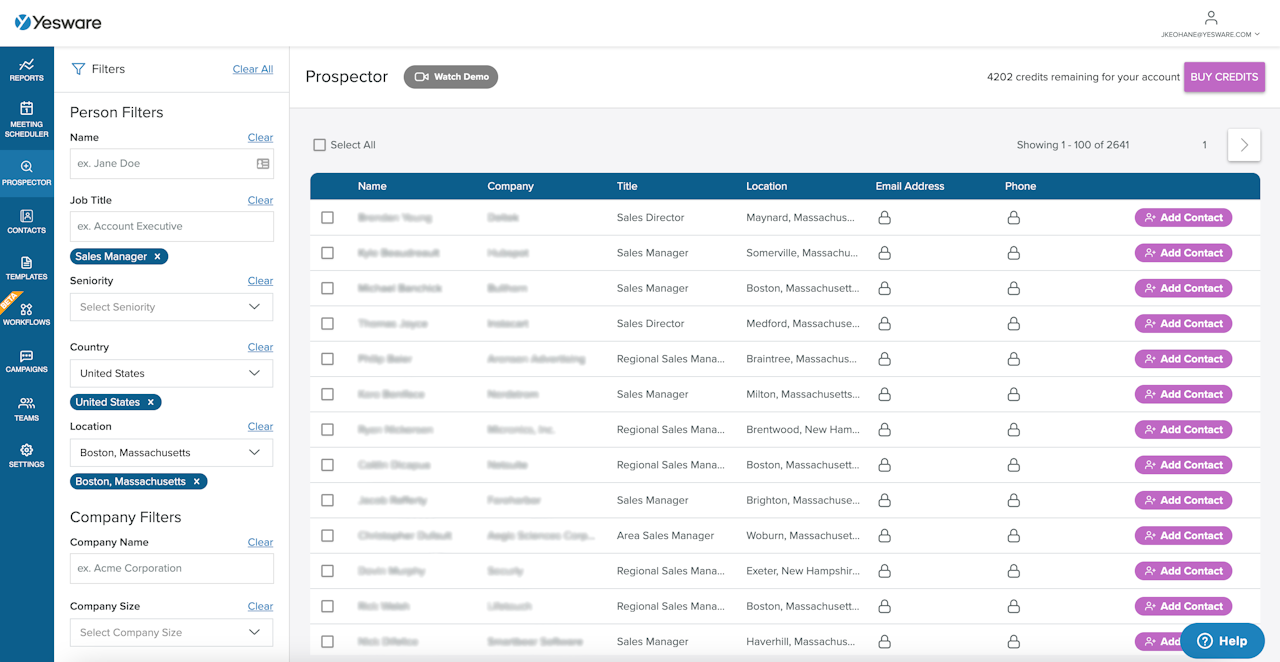
There’s no excuse for not using technology to improve your sales process. The key is finding the right technology to meet your needs.
Check out Yesware’s guide to building your tech stack for more insight into the kinds of tools your business might need.
12. Adopt a Growth Mindset
One thing top-performing salespeople have in common is that they are always looking for ways to improve.
They know that sales is an ever-evolving field, and they look for ways to continue their professional development and learn new skills and sales tactics.
This is an important mindset for sales and for life in general. The brain is incredibly malleable, and the human capacity to learn new things is powerful and impressive.
Sales reps who believe this concept have what’s known as a growth mindset, and it can be an invaluable tool for sales success.
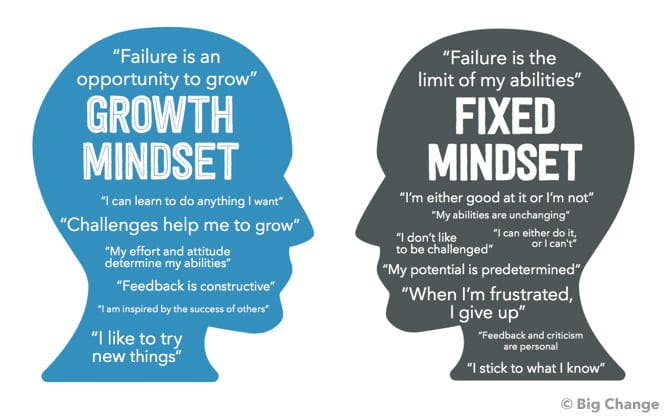
Top-performing sales reps are always looking for ways to improve their product, sales, and buyer knowledge.
13. Sell With a Team
Salespeople work in team units for a reason — teamwork makes the dream work!
Cheesiness aside, savvy sales reps know how to rely on and leverage the strengths and talents of their teammates for the good of the group.
Building a cohesive sales team is a very effective and undervalued sales tactic, and sales managers should take care to foster a culture of sharing successful strategies, openness to feedback, and positive, supportive sales mentorship.
14. Prioritize Work-Life Balance
It may sound counterintuitive, but keeping an eye on your home life is actually a great sales tactic.
Make sure you’re getting enough sleep, eating a nutritious and balanced diet, getting enough exercise, and spending time with people you love. All of these things will contribute to your overall wellness, which will help you stay motivated and, in turn, improve your sales performance.
15. Pay Attention to Body Language
Did you know that most communication between people is non-verbal? According to Dr. Albert Mehrabian’s Rule of Communication, less than 10% of communication is delivered through words. 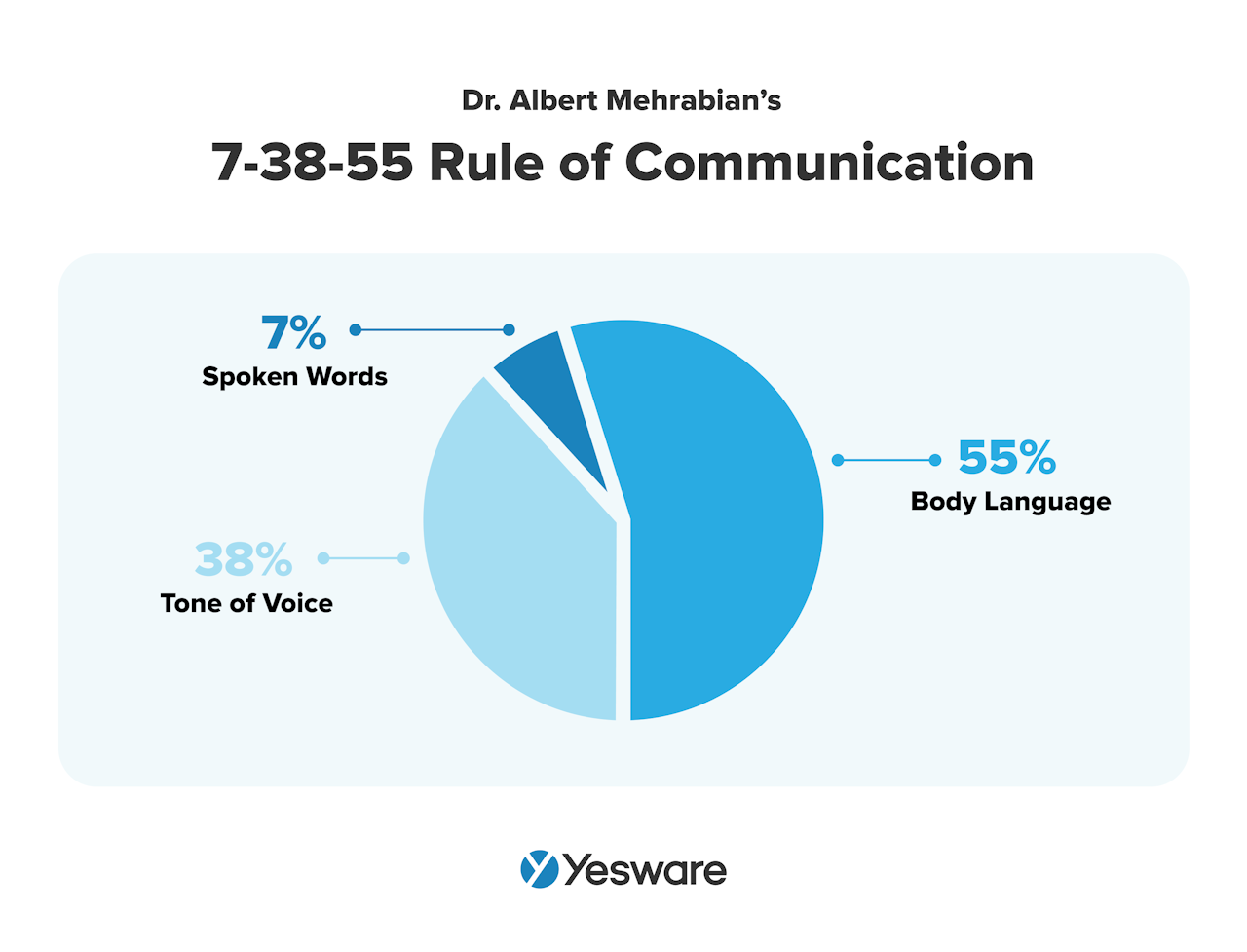 Sales reps should pay very careful attention to the non-verbal ways that prospects communicate.
Sales reps should pay very careful attention to the non-verbal ways that prospects communicate.
Body language and gestures can be extremely informative; sales reps who become skilled at interpreting non-verbal communication will be more successful than those who rely on words alone.
16. Find New Ways to Network
Many sales reps rely on the strength of their network for many parts of the sales process, especially for things like lead generation and referrals.
Growing your network is never a bad thing, and even sales reps who feel confident in the breadth of their rolodex could benefit from looking for contacts in new places.
Here are a few ways to make new connections and grow your network:
- Trade shows
- Social media (especially LinkedIn)
- Blog posts
- Webinars
- Podcasts
Each of these platforms has their own “etiquette,” so to speak, so be mindful of how you navigate and interact with contacts.
Tip: Looking to see what sales tactics are working the best in 2023? We compiled a guide filled with data-backed findings to help you.
 Sales Engagement Data Trends from 3+ Million Sales ActivitiesLooking at millions of tracked email activity over the past few years, this ebook is filled with our top studies and findings to help sales teams accelerate results.
Sales Engagement Data Trends from 3+ Million Sales ActivitiesLooking at millions of tracked email activity over the past few years, this ebook is filled with our top studies and findings to help sales teams accelerate results.
17. Have the Hard Conversations
It’s no secret that we’re living in unpredictable times. Big-picture problems like financial instability, market downturns, and supply chain issues can all create a negative undercurrent in sales meetings if they aren’t addressed outright.
Depending on the circumstances, one effective sales tactic is to be transparent about addressing any challenges in the room.
As a sales rep, you can frame the narrative around these challenges in a way that makes you, your product, and your organization as a partner to the prospect, with assurances that you will guide them through the challenge as a team.
18. Share Customer Success Stories
Buyers are much more likely to trust insight from peers than they are from sales reps.
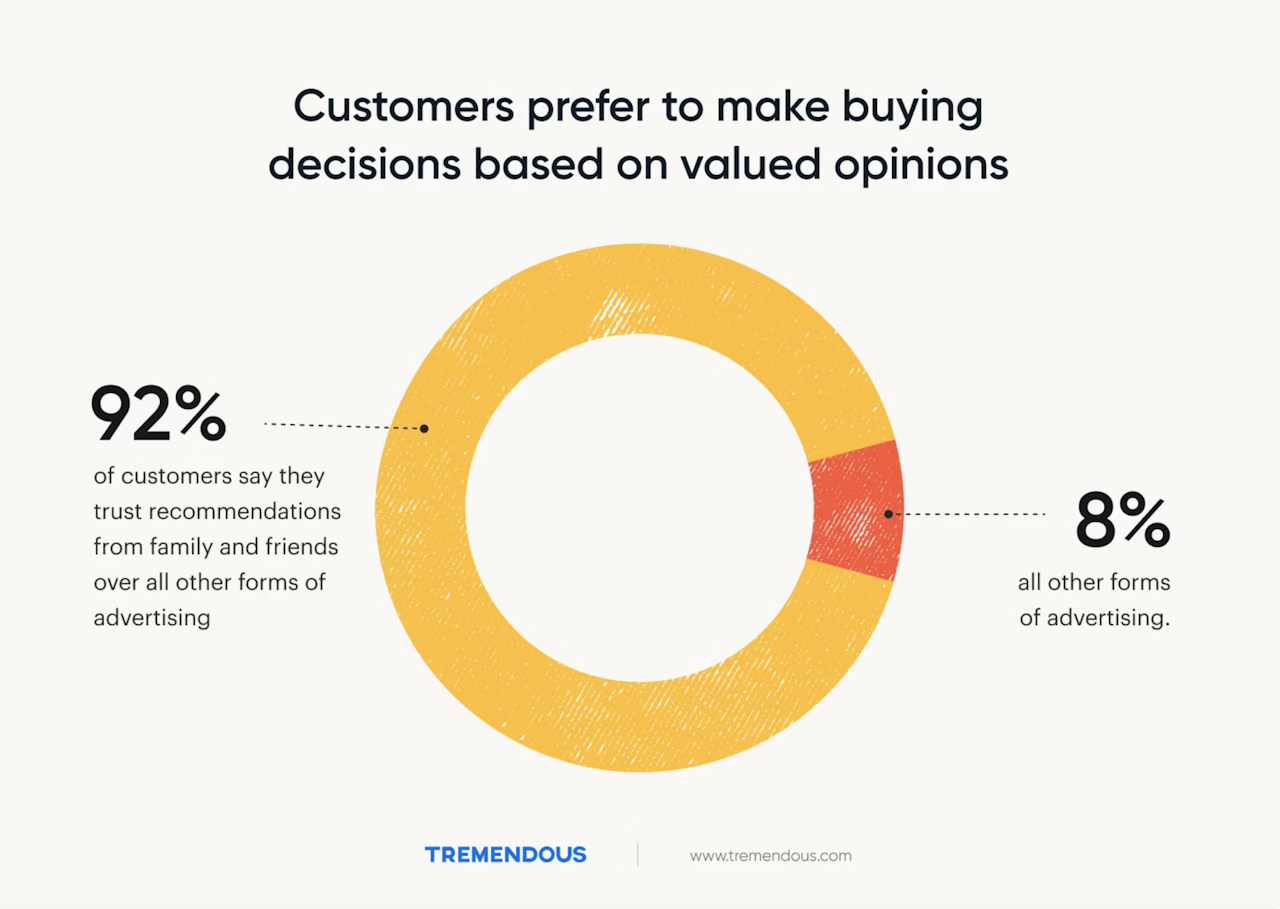
Sales reps can turn this into a sales tactic by making sales collateral like case studies and testimonials readily available and/or strategically placed throughout the sales process.
The more specific these success stories are, the better — use real data and results metrics whenever you can.
19. Deliver an Outstanding Experience From Start to Finish (And Beyond)
Buyers today are very informed and know that they have options available to them. That’s why they don’t tolerate mistreatment or even unintentional subpar service. Nearly 60% will leave a brand they love after a few negative experiences, and 17% will jump ship after just one.
Sales reps need to adopt a sales tactic of getting it right, every time. It means following up respectfully and on a schedule and being proactive about resolving issues. It means knowing the difference between “no” and “not right now” — and knowing how to nurture those who need more time.
Make sure you’re checking in at least once a quarter; this should help you stay on top of communication.
20. Cross-Sell and Upsell
Cross-selling and upselling are both extremely effective sales tactics, with studies showing the strategies can increase revenue by over 40%. 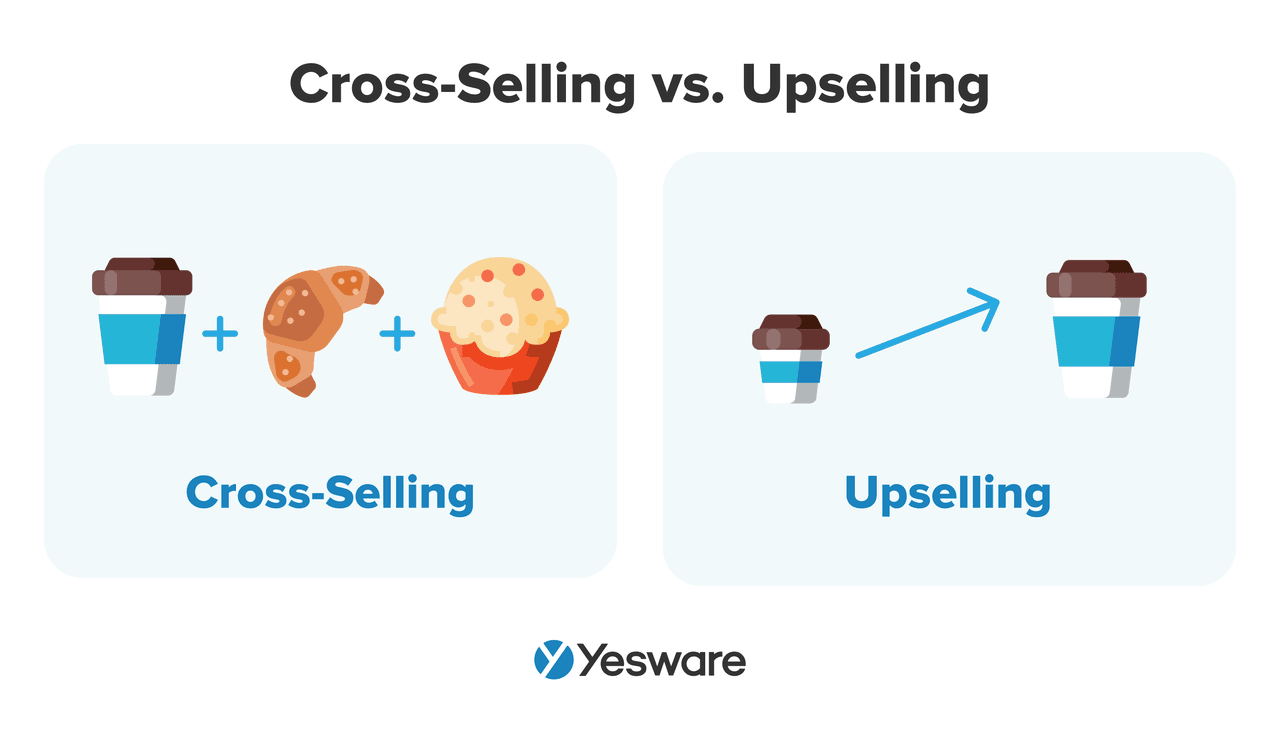 Sales reps who know how to use these sales tactics effectively understand that it’s more than just offering an upgrade right before the customer signs. The cross-sell and/or upsell should be personalized to the specific buyer’s needs.
Sales reps who know how to use these sales tactics effectively understand that it’s more than just offering an upgrade right before the customer signs. The cross-sell and/or upsell should be personalized to the specific buyer’s needs.
21. Stay in Touch
Another effective sales tactic that can be easy to work into your sales process is to make an effort to maintain contact with customers, even after the close. Sales reps should do this even if their organization also has a customer success team.
This outreach can help maintain a positive relationship and, in some cases, open doors for cross-selling and upselling.
22. Ask Satisfied Customers for Referrals
Piggybacking off of staying in touch, happy customers who feel valued are more likely to give referrals for your business. And referred customers are like gold for B2B businesses.
Here’s how to get referrals: 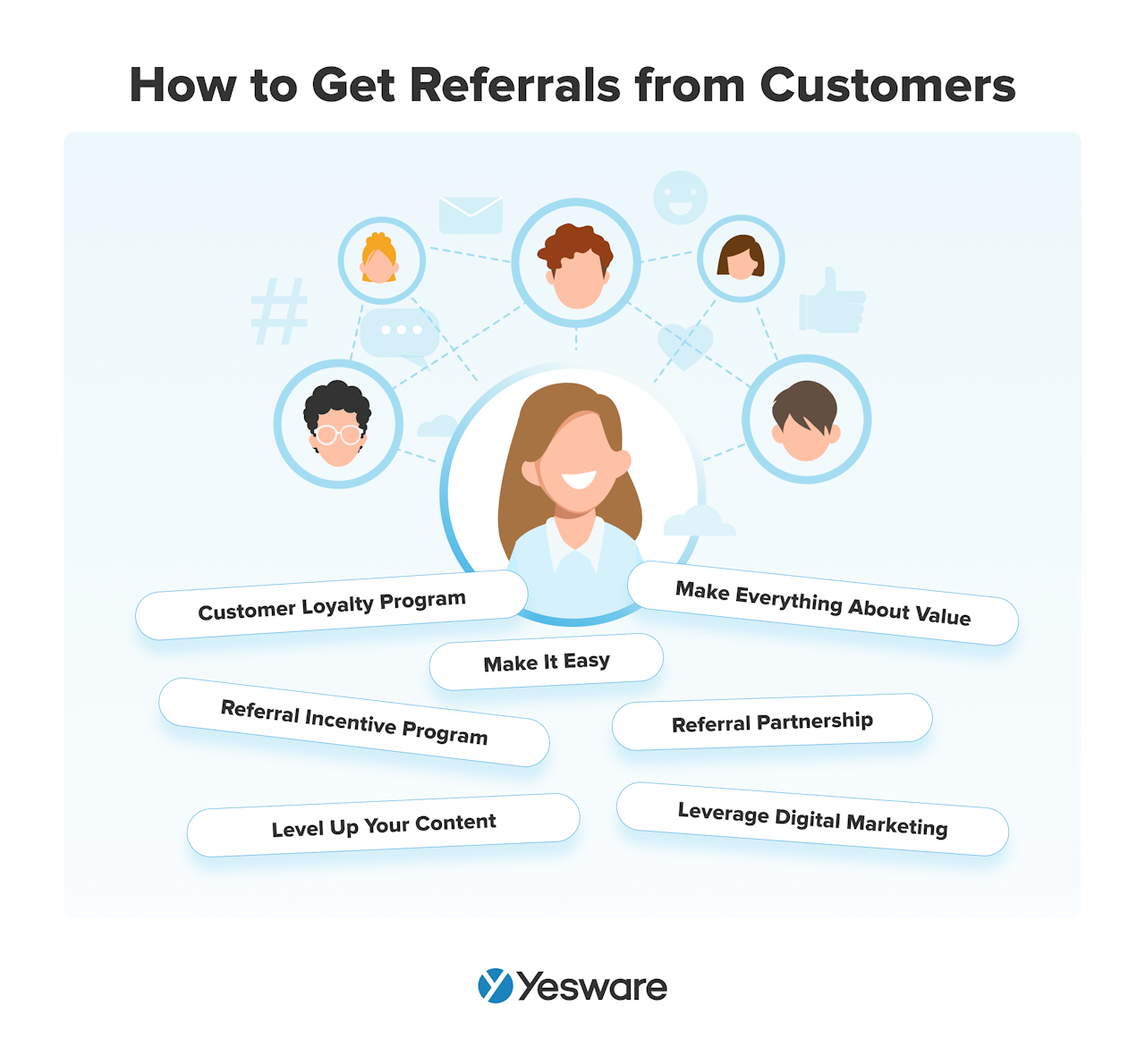 The specifics of this sales tactic will look different depending on the sales rep’s and buyer’s communication preferences, as well as the status of the relationship between buyer and seller.
The specifics of this sales tactic will look different depending on the sales rep’s and buyer’s communication preferences, as well as the status of the relationship between buyer and seller.
Formal referral incentive programs can be a particularly effective sales tactic for companies that want to increase their success with this sales metric.
23. Solve the Problem (Don’t Sell)
Most sales reps know that pushy sales tactics are likely to kill just about any deal before it ever gets off the ground.
Instead, the better tactic is to approach the conversation as if you’re trying to solve a problem. Focus on the value you can provide and the difference your product can make.
24. Create Sales Enablement Content
A defined sales enablement program can provide a huge boost to your sales performance.
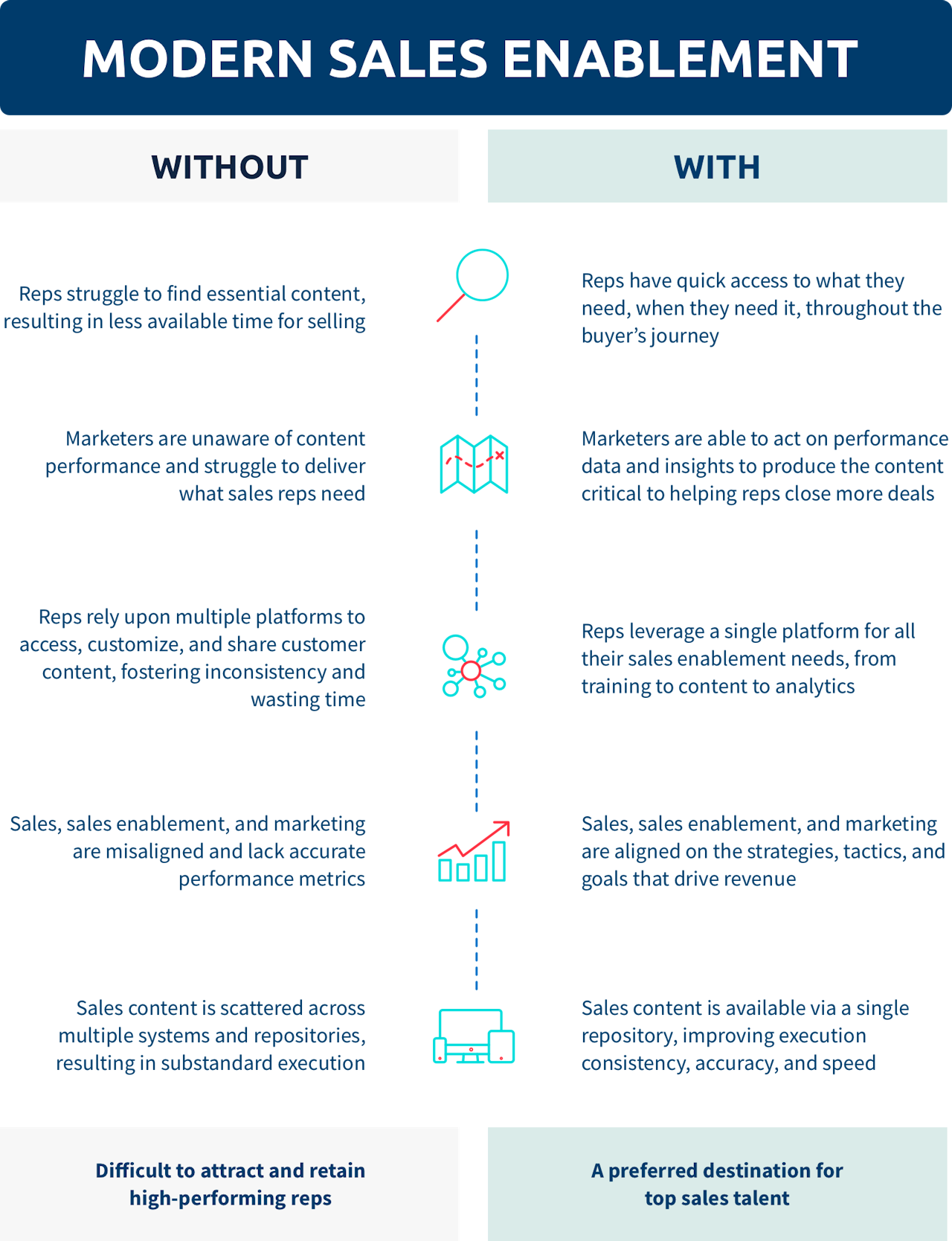
Sales enablement gives sales reps timely access to highly effective sales content, as well as the insight they need to know which content to use with which buyer, and at which state of the sale process.
Sales and marketing should collaborate to create or refine blog posts, whitepapers, product one-sheets, comparison charts, case studies, reviews, and testimonials, and populate the sales enablement platform with all of their best sales collateral.
25. Audit Client Conversations
It may seem old-fashioned, but many sales reps still get a lot of benefits out of recording and analyzing their sales calls. This process can be even more effective with the help of a sales coach.
There are many call recording and analysis platforms available today that can help sales reps quickly identify ways to improve their sales conversations.
9 Sales Tactics to Avoid
While it’s true that salespeople should feel free to adopt a wide variety of sales tactics, there are also a handful that should be avoided at all costs.
In general, sales reps need to be very mindful to avoid unethical sales tactics.
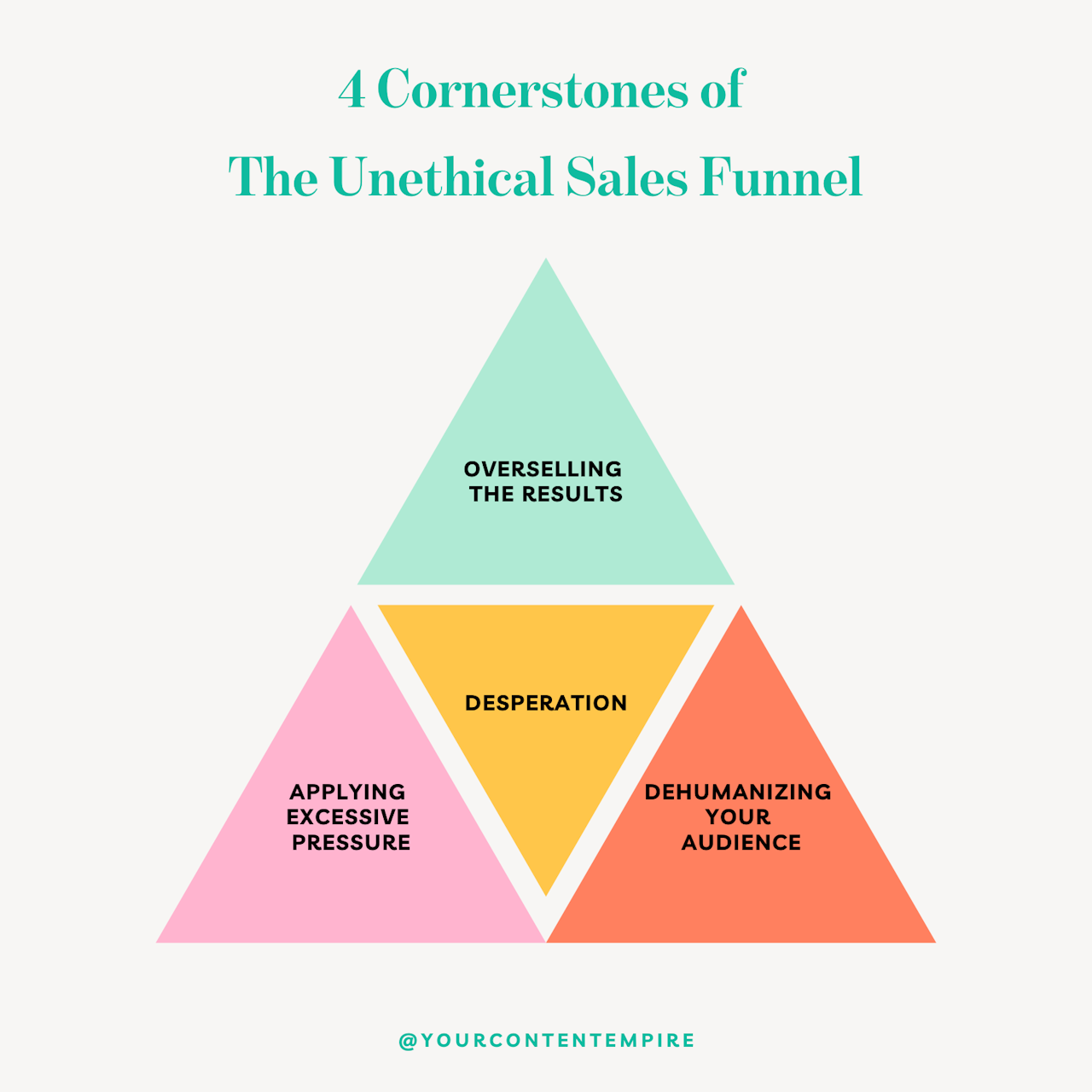
Ethical sales tactics are all about respecting the buyer, their experience, and their decision-making process. Unethical sales tactics, on the other hand, include heavy pressure, depersonalization, urgency, and overselling.
For the most part, the line between ethical and unethical is easy to distinguish — but not always.
Sometimes there’s more nuance, and what a sales rep defines as enthusiasm might be misconstrued as aggression by the prospect. Buyers have a sixth sense for sleaziness, even if it’s inadvertent.
Stay away from the following sales tactics to ensure you stay on the buyer’s good side.
1. Bombarding Customers With Calls and Emails
Following up with prospects can be a balancing act and is one of those gray areas that can become quickly misinterpreted without careful attention.
Although sales requires consistent follow-ups, be careful not to overdo it. Don’t reach out more than once in a 24-hour period; anything more than that will make you seem desperate rather than persistent.
2. Telling Instead of Asking
While it’s true that sales reps are the experts on their product, coming across as a know-it-all will more than likely be off-putting for most buyers. After all, though you’re the expert on your offer, they are the expert on their needs and particular circumstances.
To that end, avoid telling prospects what they need and how to achieve it. Instead, approach each conversation with non-judgmental curiosity by asking open-ended questions. 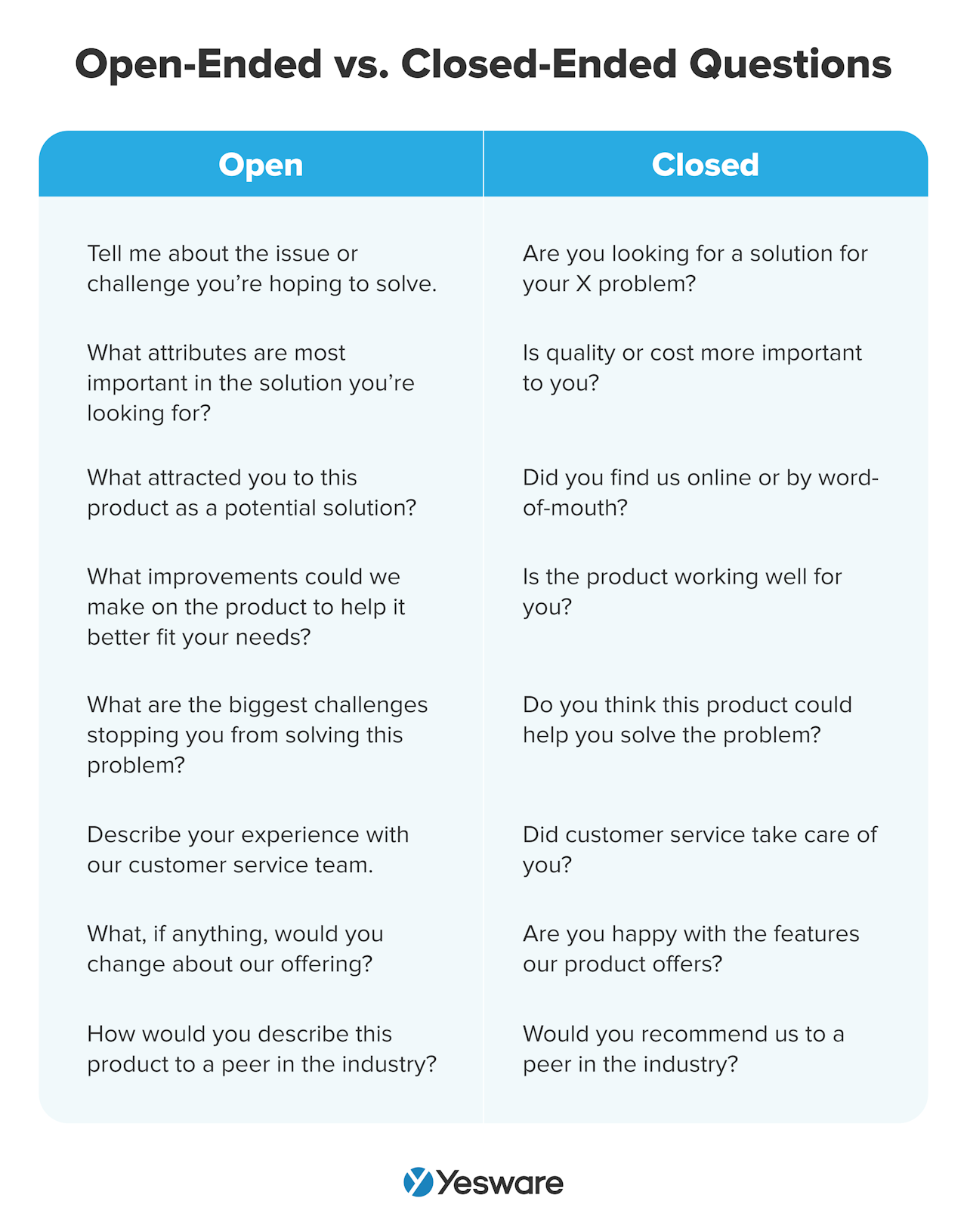 Also, take care to avoid minimizing buyers’ objections. Each of their concerns should be treated as valid and addressed to their satisfaction; if not, they’re at risk of churning, even if they close.
Also, take care to avoid minimizing buyers’ objections. Each of their concerns should be treated as valid and addressed to their satisfaction; if not, they’re at risk of churning, even if they close.
3. Rushing the Customer
High-pressure sales tactics that force the prospect to rush their decision will also come back to bite you (if they even work in the first place).
Buyers like to feel like they’re in control of the process, and speeding them through parts of it — even if you think they’re insignificant — will ultimately lead to doubt down the line.
4. Overselling
Overselling your product is one of the fastest ways to kill a deal.
Remember, today’s buyer is extremely informed. They’ll be able to detect if you’re making false promises or trying too hard.
It’s great to be enthusiastic, but always be realistic.
5. Being Argumentative, Arrogant, or Interrupting
The best sales reps know to bite their tongue and avoid the temptation to immediately correct buyers’ misconceptions or objections.
Although there may be plenty of opportunity to assert your belief that your offer will meet all of their needs, speaking out of turn or with any hint of impatience will be a turn-off for prospects — no matter how correct you actually are.
Sales reps should instead practice active listening to help buyers feel heard. 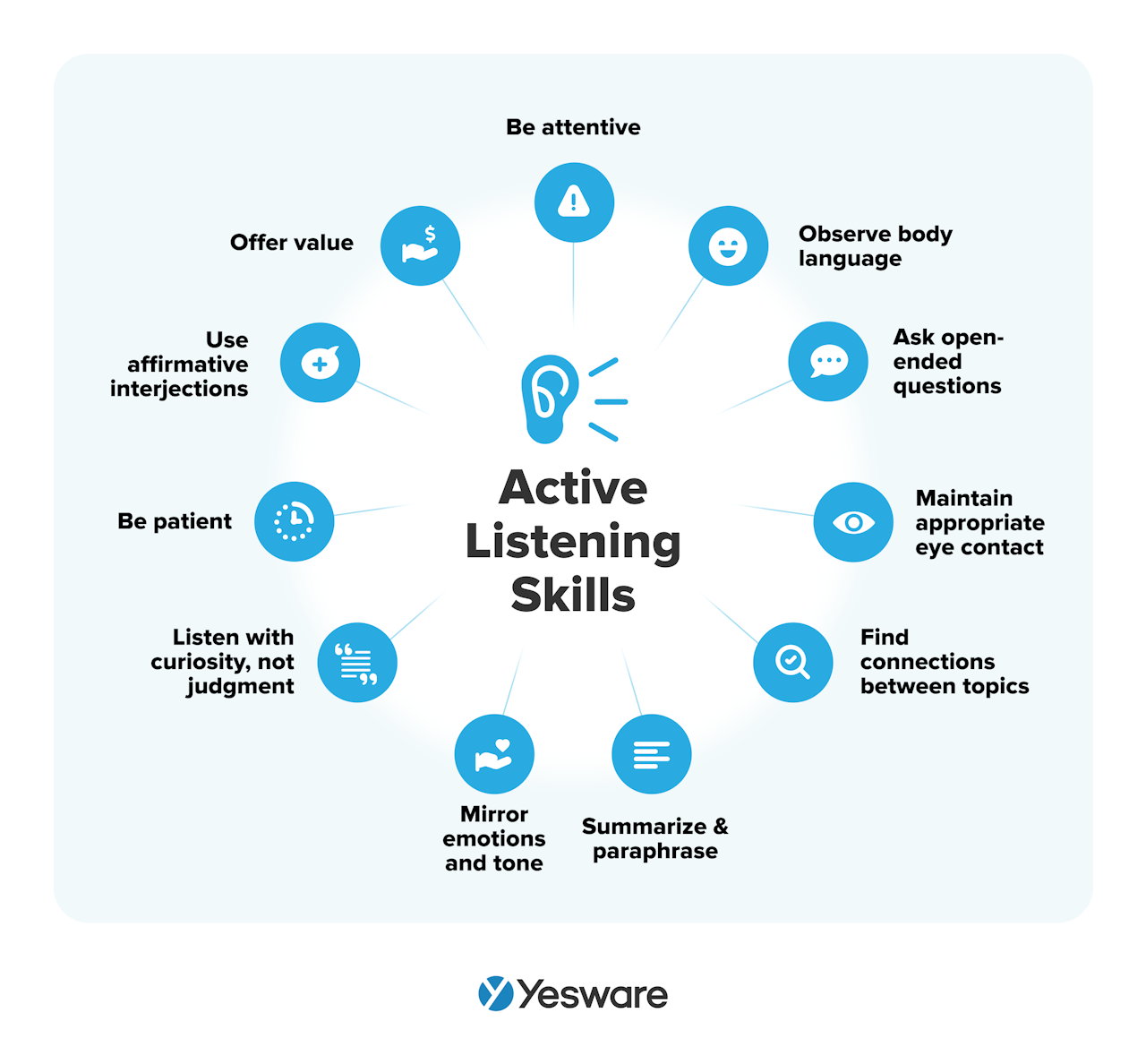
6. Selling to Anyone and Everyone
One of the biggest mistakes a sales team can make is selling to the wrong market.
Oftentimes, this isn’t an intentional sales tactic — what team would knowingly sell to a poor-fit buyer? — but it can happen when sales and marketing aren’t clear on the specifics of your ICP and buyer personas.
Sales teams can also go wrong by working with outdated profiles. The ICP and buyer personas are living, breathing documents; sales and marketing should proactively schedule time to review them for accuracy and thoroughness.
7. Fake Enthusiasm
Here’s another area where subtleness is really important: enthusiasm and a positive attitude.
While it’s definitely true that sales reps should strive to be optimistic and show eagerness for their product’s capabilities, they also need to be careful to toe the line between enthusiasm and phoniness.
Be engaging, but not over the top.
8. Overusing Case Studies
Case studies are some of the most compelling collateral available to sales reps.
Unfortunately, a lot of reps make the mistake of using them too early or too frequently in the sales process.
Case studies are most powerful when they’re used in conjunction with other sales tactics. They should not be used as rebuttals to rejections or as crutches to do the selling in your place.
9. Relying Too Heavily on Discounts
Discounts and promotions can be an effective tipping factor for certain target markets, but overusing them as a sales tactic can be hurtful to your revenue and overall sales performance.
Be judicious with the way you offer discounts. Truthfully, most buyers aren’t necessarily looking for the budget option, anyway; they’d much prefer to find the right fit than the cheapest price.
Best Practices to Implement New Sales Tactics
Here are some sales best practices to keep in mind as you work new sales tactics into your selling process.
Standardize Your Training
When you implement a new sales tactic, everyone on the team who will be expected to use that tactic should be trained the same way. There should be a common language around the tactic and performance expectations, and a well-defined and mutual understanding of how, when, and why to use each one.
Track Your Progress
Top-performing sales teams are most likely to have formalized, closely monitored sales processes.
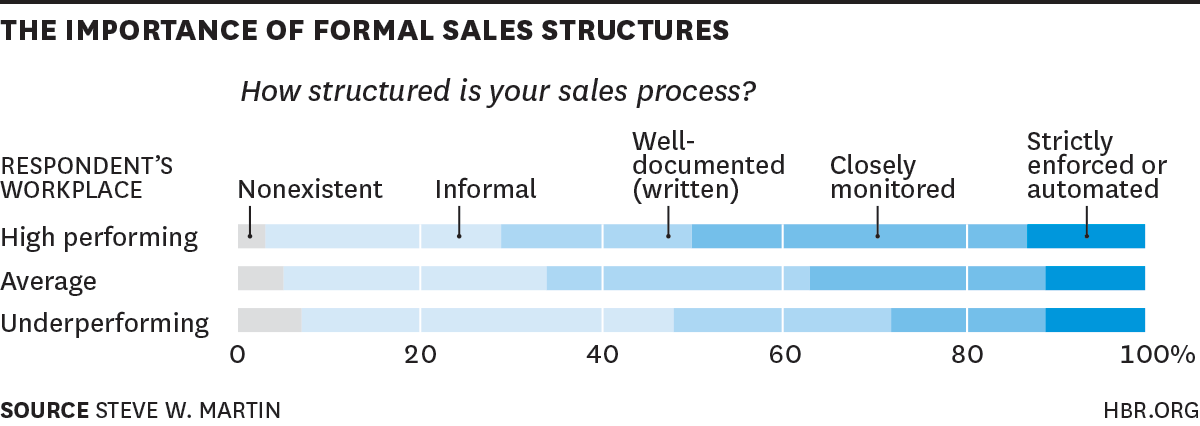
Tracking the implementation and results of your sales tactics is very important. You won’t know how effective your chosen sales tactics are unless you track their performance in the field.
Get Feedback
One of the best ways to know whether or not your sales tactics are effective is to get feedback from both sides of the aisle: customers and sales reps/marketers. Each group can offer a unique perspective on how well each tactic functions in real-world sales scenarios.
What sales tactics do you use with your team? What is your process for implementing new sales tactics? How do you refine the ones that have potential, but need work?
Get sales tips and strategies delivered straight to your inbox.
Yesware will help you generate more sales right from your inbox. Try our Outlook add-on or Gmail Chrome extension for free, forever!
Related Articles
Casey O'Connor
Casey O'Connor
Casey O'Connor
Sales, deal management, and communication tips for your inbox

